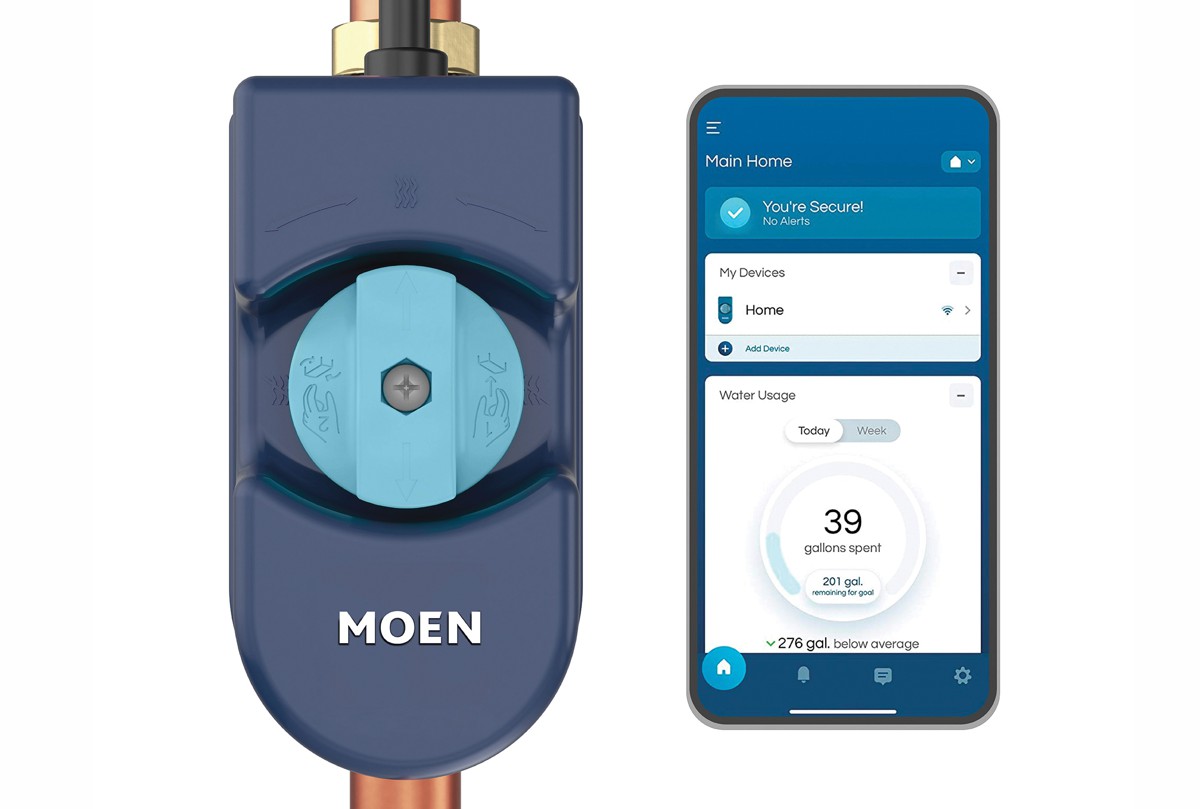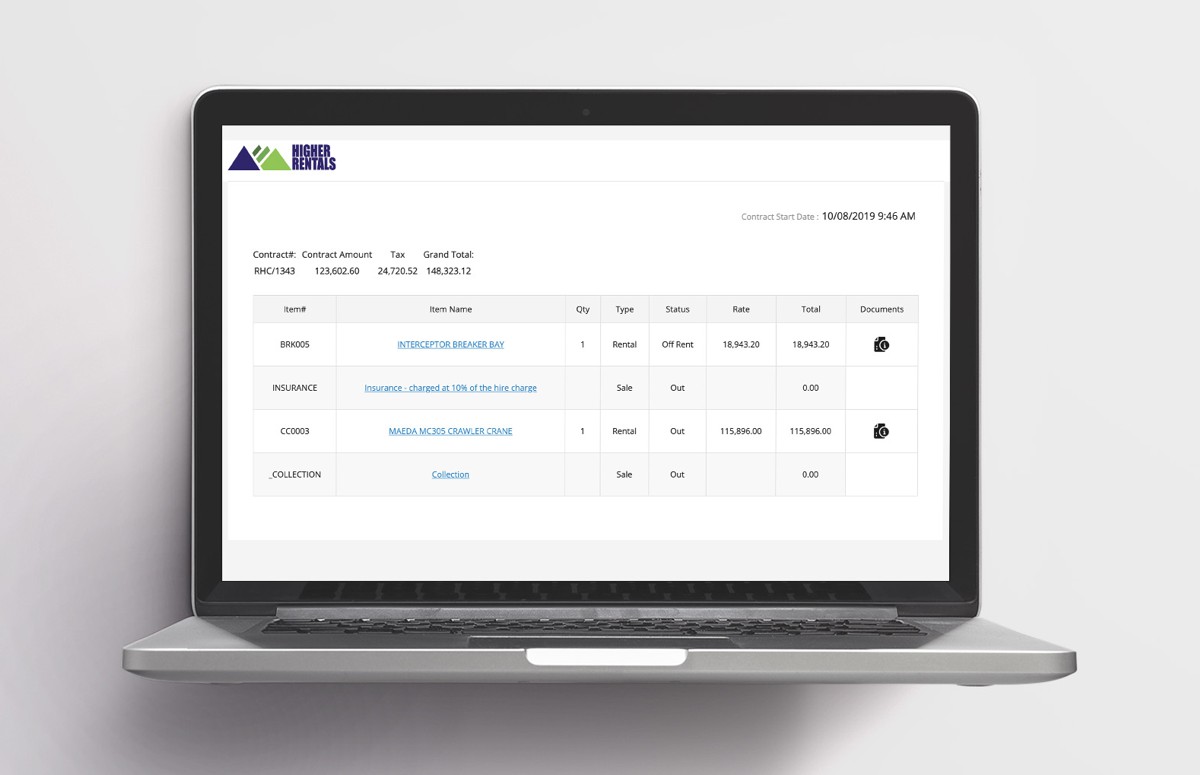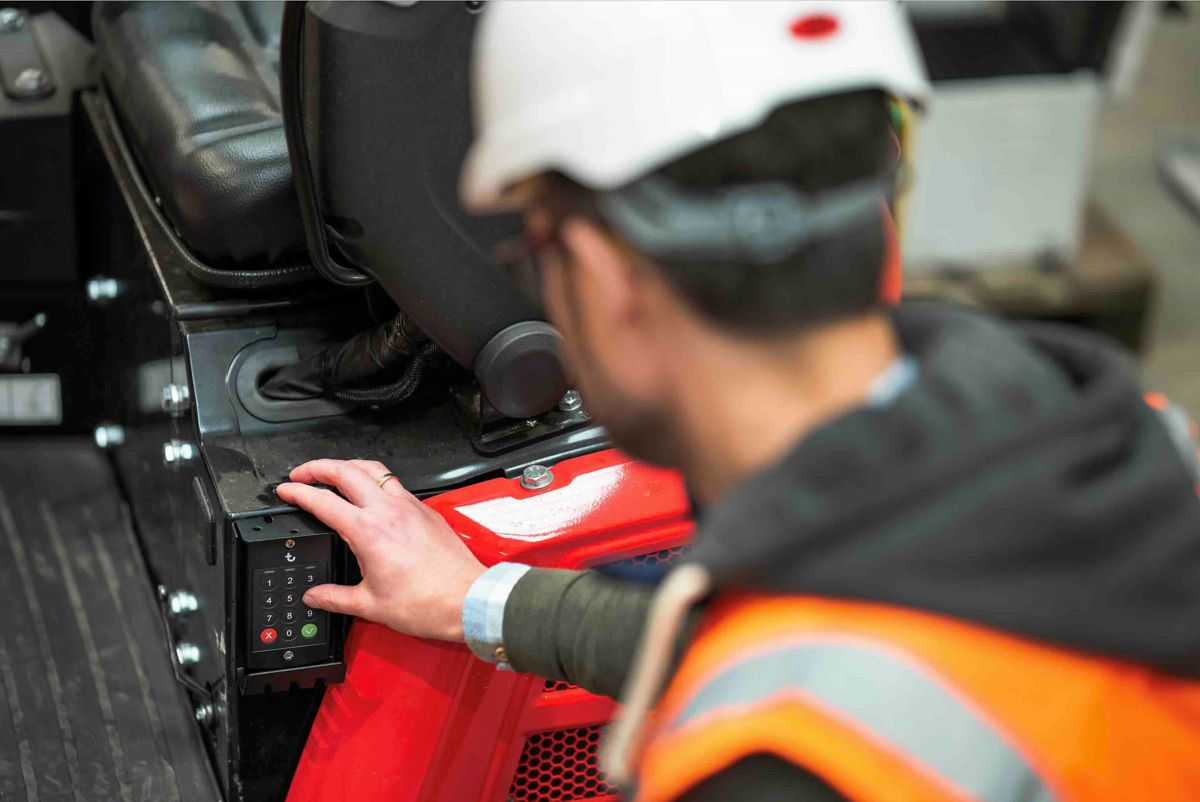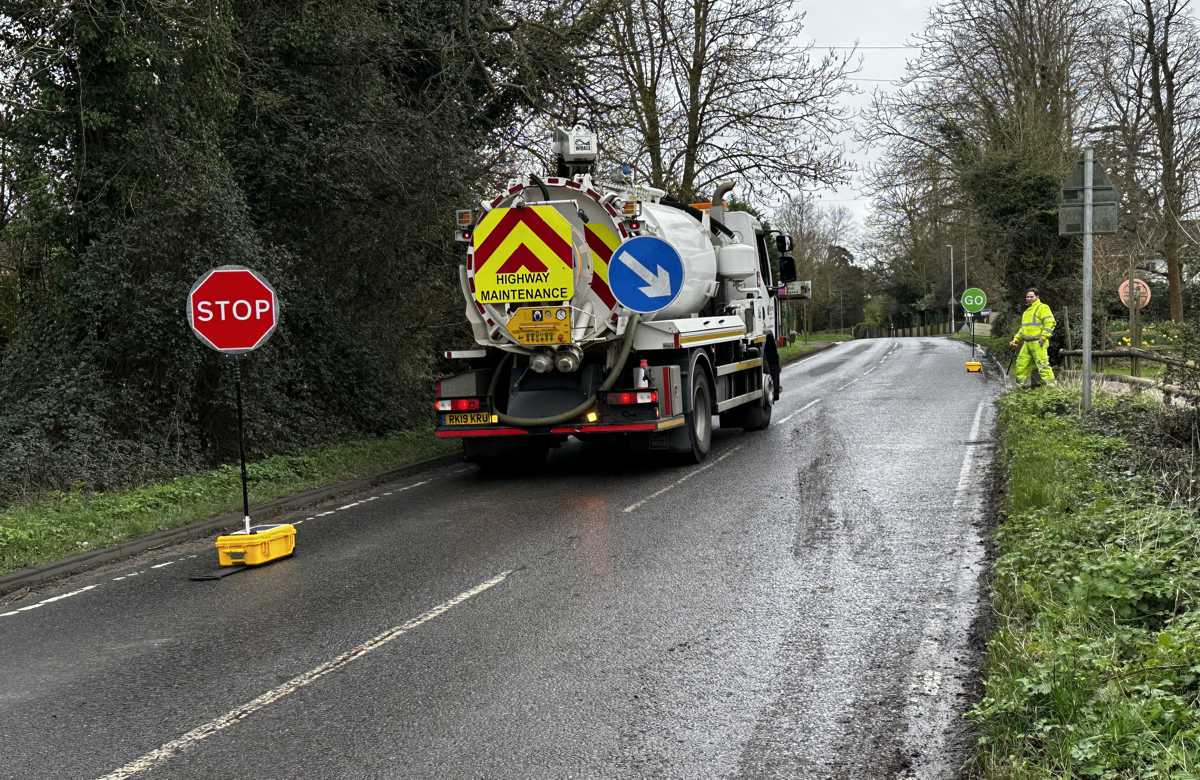Improving Vehicle Performance, Road Dynamics and Safety on a Budget
After several years of decline, the number of U.S. traffic fatalities rose in 2020 and has continued to trend upwards since then. This shift at first might seem odd. The number of drivers on the road actually plummeted in 2020 due to the pandemic, but traffic fatalities increased, nonetheless.
Experts credited the spike in fatal crashes to fatigue and pandemic-related stress. Drivers had trouble concentrating and navigated more carelessly. But more than two years on, the fatality rate has yet to fall back to pre-pandemic levels. In fact, 2021 was the deadliest year on the road since 2005.
The surge in fatal accidents is compounded by a multitude of other problems faced by the auto industry, from plummeting sales to production issues and supply chain disruptions. The industry is now coping with seemingly incompatible directives: needing to implement more advanced, high-tech safety features while also having to operate on a leaner budget.
Car manufacturers are attempting to resolve the first problem with advancements in AI, implementing smart features like automatic braking if a vehicle gets too close to another vehicle or object. Such smart systems are capable of taking the controls over from the drivers to prevent or mitigate accidents.
However, AI systems can also tackle the cost-efficiency issue, producing fruitful data to help manufacturers design more efficient vehicles. Such data can be generated through a myriad of sources, but one particularly advantageous way is through external vehicle sensors. These sensors can collect real-world data to generate even more valuable insights for manufacturers regarding vehicle design and performance.
Let’s take a look at leveraging AI—and the diverse data it produces—to improve vehicle efficiency and safety alike.

The benefits of tactile data
Current AI systems built into vehicles are relatively limited in the types of data they can collect. The systems primarily respond to either visual or auditory stimuli, but this of course omits other essential senses, namely touch. Enter tactile data sensors.
Tactile sensors are sensitive to pressure, vibration, temperature, and other haptic measurements, so the sensors are able to read and respond to different forms of environmental stimuli. The sensors are collecting and analysing information from the surrounding environment that goes far beyond objects in the field of vision and therefore operate well in difficult visibility conditions. For instance, tactile sensors could recognize icy or slippery road conditions and alert the system to adjust tire grip.
Each additional sense integrated into AI makes the systems both more perceptive and reactive. So the idea of equipping vehicles with tactile sensors is about providing them with the sense of touch that’s been missing, allowing vehicles to collect and analyse more diverse types of data than a standard AI system can. The tactile sensors can detect, analyse, and provide insights about the road conditions, the vehicle’s health, the tires, and the driver’s behaviour in real-time.
That means that the tech has significant implications for both the car manufacturers and the local authorities: tactile data can provide insights into road conditions and warn of a particularly dangerous road section that requires immediate maintenance, in order to prioritize tasks and maximize the budget utilization. It can also record common driver mistakes, which will help manufacturers understand how to mitigate human error in new vehicle models.

Leveraging tactile data
This kind of full sensory data can also help manufacturers achieve significant cost savings. By integrating tactile software into a vehicle’s Electronic Control Unit (ECU), manufacturers can gather more sensory data than is possible with a traditional Event Data Recorder (EDR), which is again limited in the types of data it can collect. But using the diverse data generated from the tactile-integrated ECU, equipment manufacturers can reduce spending and improve vehicle safety and efficiency.
For one, all that data generated can help equipment manufacturers optimize design. Think about it: based on data trends and anomalies, like variations in power performance, tire health, and brake functions, engineers can develop new designs based on detailed analysis of the old, with data available to show how a vehicle is faring under different conditions.
Manufacturers can also analyse accident data to understand what tweaks need to be done, without having to run as many test simulations themselves because they have real-world data available to draw from. They can rather create what-if scenarios under different conditions. Say you have a certain tire pressure on a certain road condition. Analytics can reveal what’s likely to happen based on data the systems have collected in real-world situations.
Tactile tire sensors ensure not only safer roads, but also a continuous generation of post-sale revenue due to remote tracking of tire health and warning systems that alert drivers when repairs or preventative services are needed.
Moreover, all that data also allows manufacturers to see which features or physical sensors are redundant or unnecessary, which means the components can be dropped because they’re not worth the price tag. This approach is optimizing costs without cutting corners or compromising on important safety features.
There is so much data available that can make vehicles both safer and more efficient, but we haven’t yet found a way to collect it efficiently and on a wide scale. It’s time to move beyond these limitations and integrate a full range of “senses” to create data that is more useful and potentially life-saving.

Article by Shahar Bin-Nun , CEO of Tactile Mobility.














